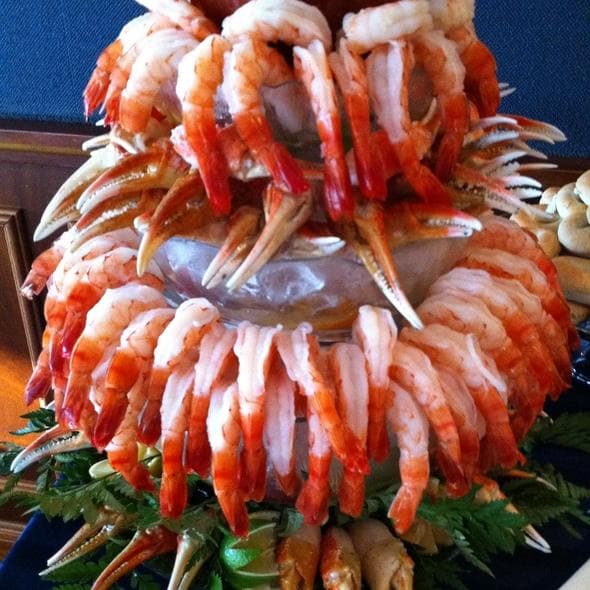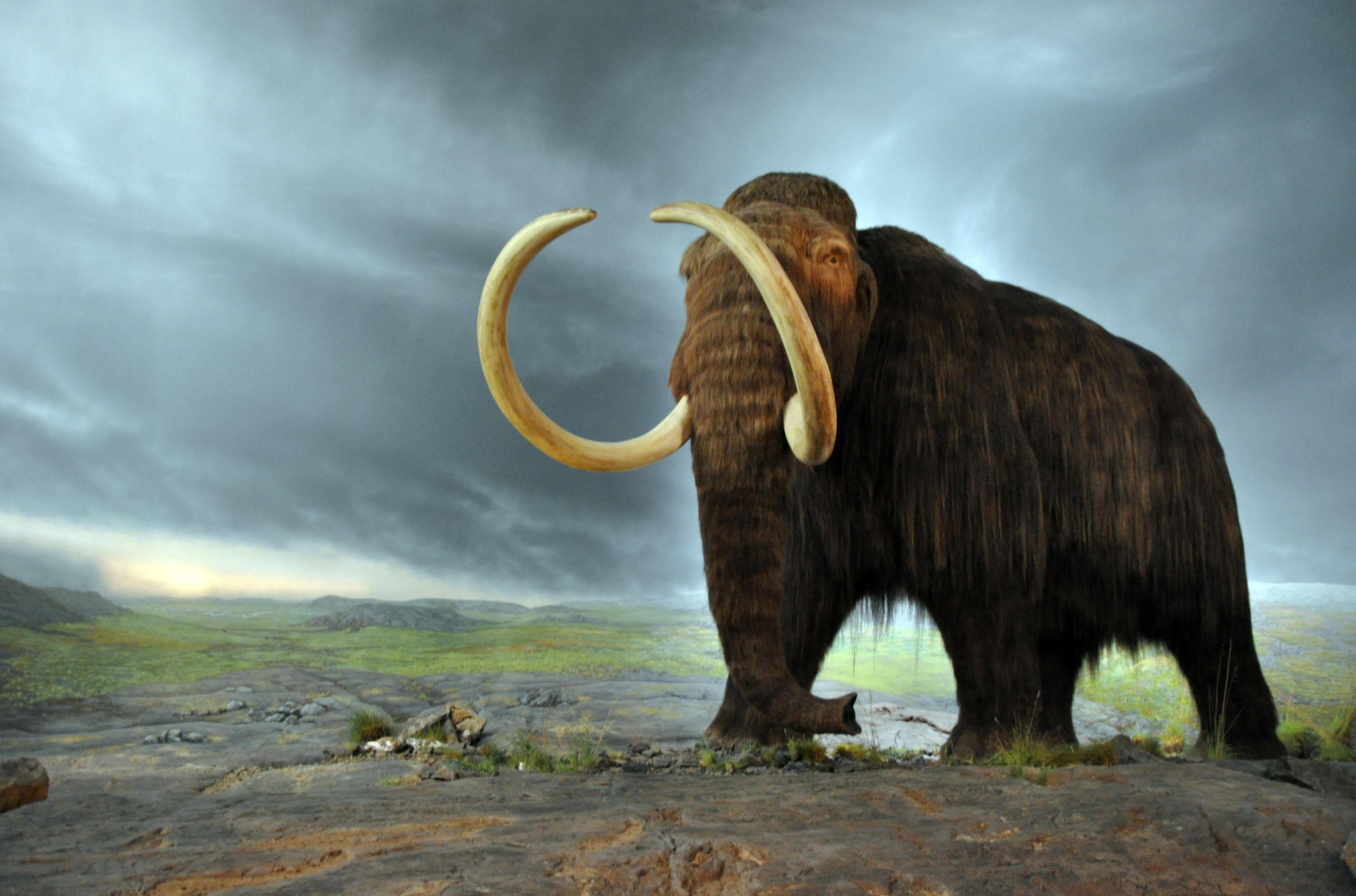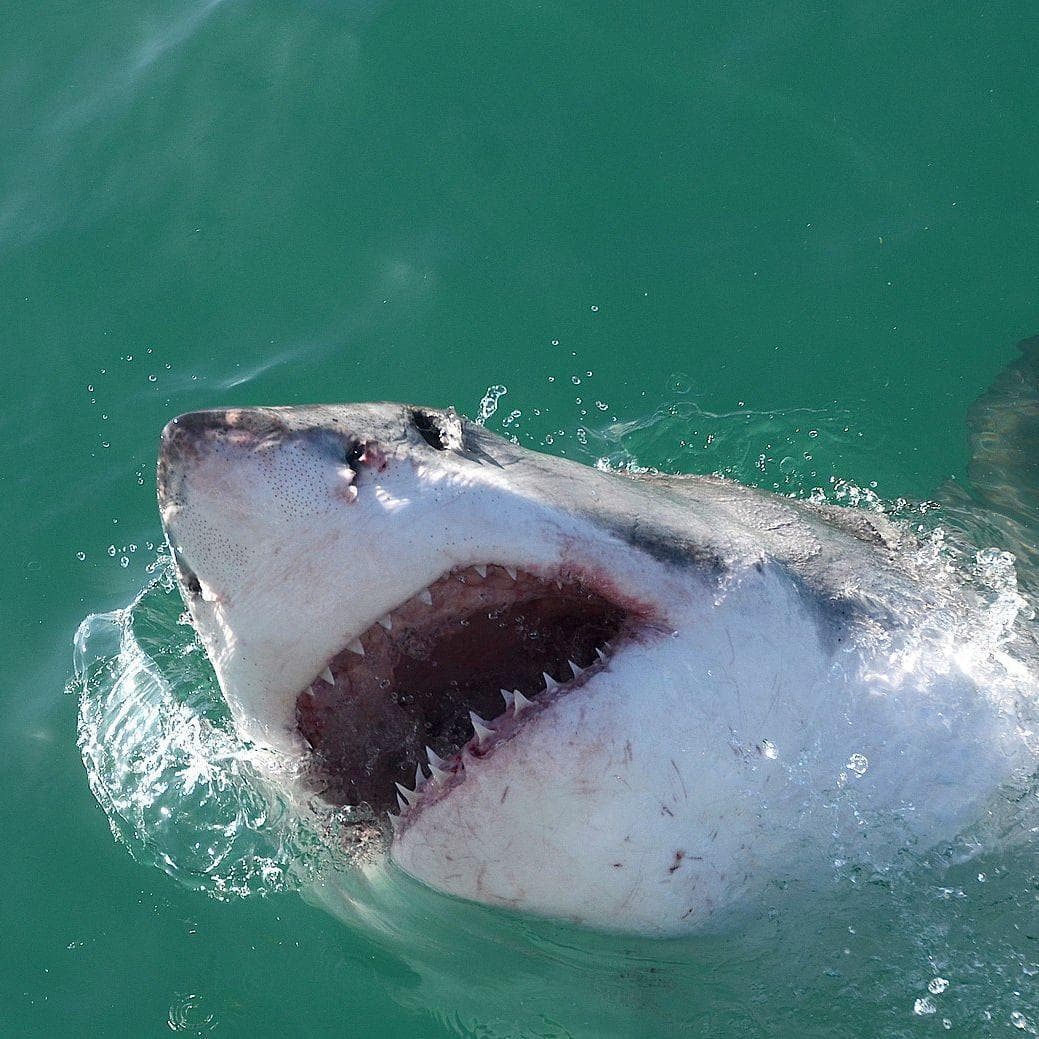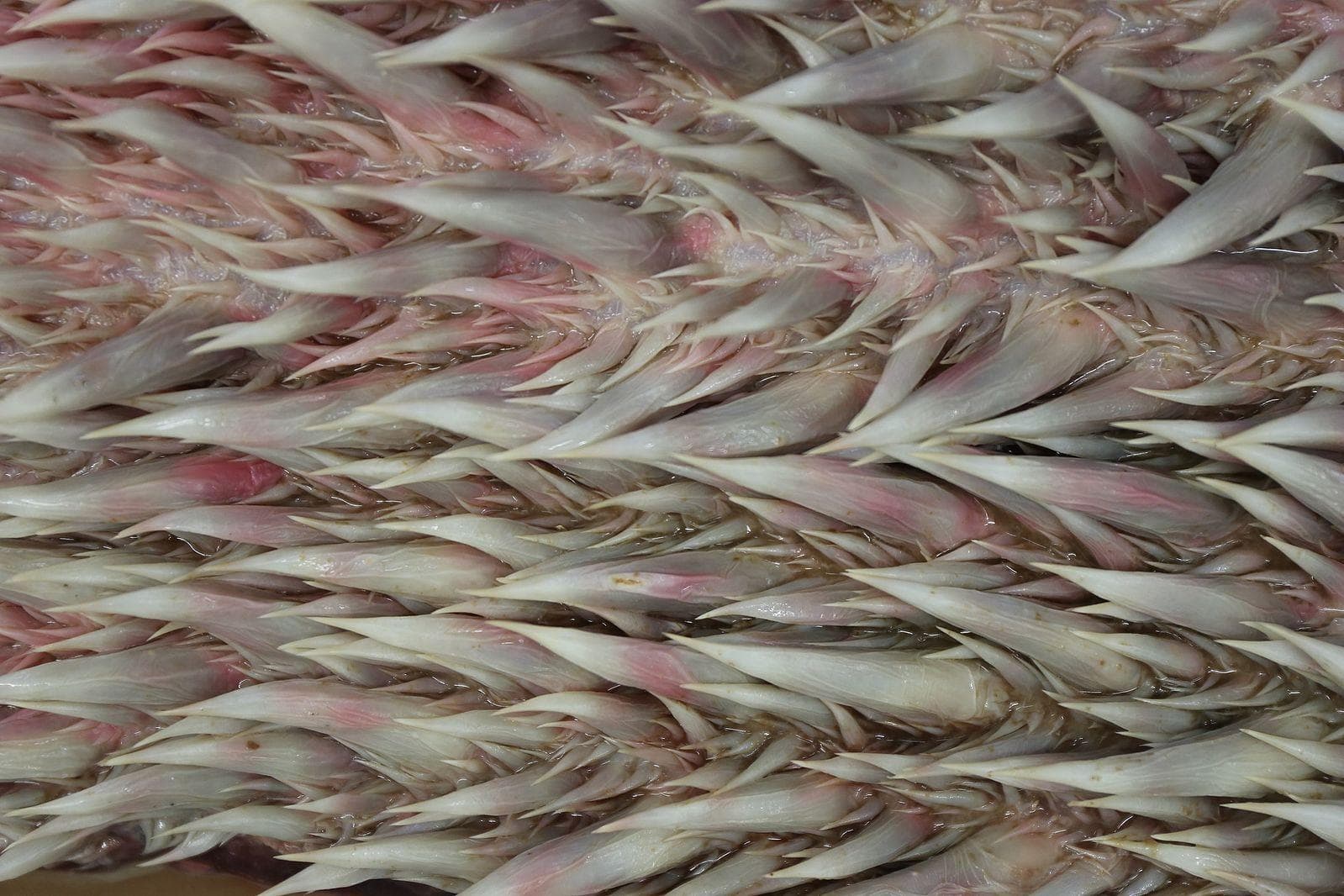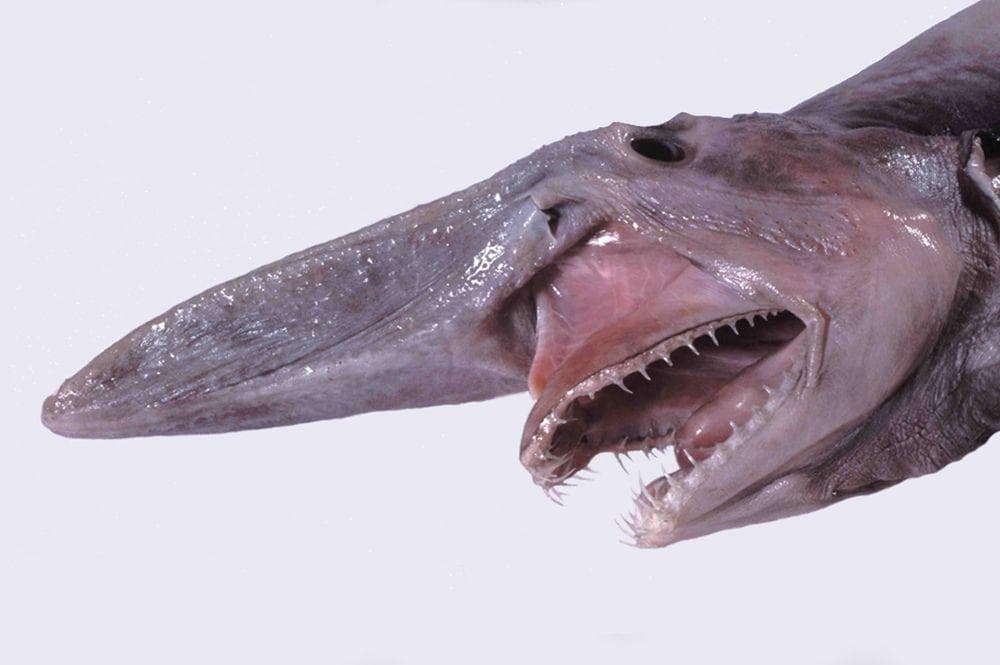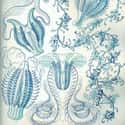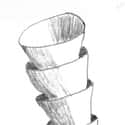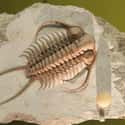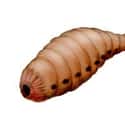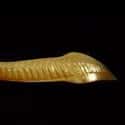-
(#11) Ancient Jellyfish Were Shaped Like Christmas Tree Ornaments
The remains of prehistoric ctenophorae from the Cambrian period look like something you might hang on an evergreen tree. But don't be deceived by their festive appearance - these are very much jellyfish, they’re just less jelly-like. Their pre-Cambrian bodies were hard-shelled fortresses, which scientists suspect protected them from predators.
-
(#6) Ovatiovermis Cribratus Danced To Gather Food
Maybe you’ve heard of the tardigrade, the tiny creature that’s basically indestructible. Ovatiovermis cribratus is its oldest known ancestor. This amazing organism is essentially a worm with legs. More than 500 million years ago, it swayed and "danced" to gather food while standing firmly on the ocean’s floor.
-
(#9) Cloudinidae Are A Mystery
The remains of the odd-looking creatures called Cloudinidae resemble a set of funnels stacked on top of on another. These pre-Cambrian organisms were plentiful across the global landscape, yet little is known about them. Despite the many mysteries surrounding them, Cloudinidae are still useful to the scientific community: they're the first shelly fossils with mineralized skeletons.
-
(#7) Trilobites Covered The Globe
Trilobites were complex creatures living in a simple age. Their bizarre, three-part bodies make them the first known examples of hard-shelled animals on Earth. On top of their superior physiques, these creatures appeared as scavengers, predators, and prey. Their remains cover every single continent, with the exception of Antarctica.
Experts believe that trilobites were social creatures with migratory patterns that parallel those of modern animals. As the world changed and new creatures emerged, the trilobites evolved, growing keen calcite lenses in their eyes to enhance their vision and complex interlocking mechanisms on their shells that made it nearly impossible to pry them open.
-
(#5) Vetulicolia Looked Like Seashells With Gills
Pre-explosion oceans housed creatures called Vetulicolia that resembled seashells, with one key difference: they had gills. Aside from these breathing holes, they really didn’t have much in the way of sensory components. These were eyeless, legless, armless creatures that could fool even the most learned scientists into believing they were merely rocks or seashells.
-
(#8) Pikaia Gracilens Is The Oldest Known Vertebrate
What could be scarier than gazing into the mirror of time and seeing a snakelike version of man? That’s exactly what Pikaia gracilens is. This flat, spiraling sea creature was previously mistaken for a worm, but it's actually the earliest vertebrate found in history. That makes it an ancestor of humans and other vertebrates.
New Random Displays Display All By Ranking
About This Tool
In the long history of evolution on Earth, countless prehistoric creatures have appeared in large numbers, but they disappeared in the Cambrian Period. But this does not mean that no creature can survive for hundreds of millions of years or even longer. It is about 530 million years since the Cambrian Period, at that time, the crust moved little, and the climate was warm and stable, many lives were born and became the ancestors of most animal species.
Here you can find 11 horrifying prehistoric creatures that exist in Cambrian Period about 500 million years ago. Before the Cambrian, there were few species on the earth, except for some algae fossils produced in the sea. But in the Cambrian, the number of animals in the sea suddenly increased exponentially.
Our data comes from Ranker, If you want to participate in the ranking of items displayed on this page, please click here.


